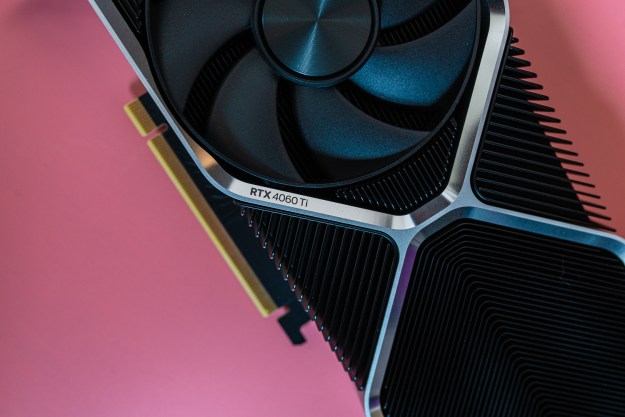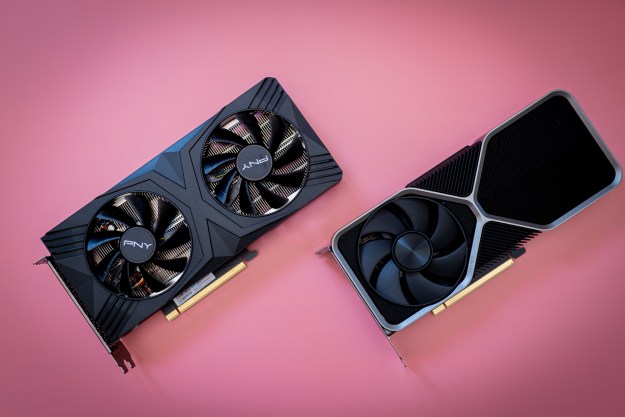
Yesterday, Nvidia freshly released a WHQL-certified driver pack intended for GeForce graphics cards, bringing support for the Vulkan API nearly a month after the Khronos Group unleashed its OpenGL successor unto the world. Similar to Microsoft’s DirectX 12 alternative, Vulkan boasts less driver overhead as well as a ‘closer to the metal’ relationship to the GPU. As a result, it’s considered an improvement over both AMD’s Mantle API and OpenGL.
Though there aren’t many games or apps that actually support the 1.0.3.0 Vulkan kernel featured in Nvidia’s GeForce 364.47 driver, it’s been added as feature Nvidia hopes developers will inevitably take advantage of. Nonetheless, Nvidia has positioned itself advantageously against the competition as a result of being the first company to support both DirectX 12 and Vulkan in a complete, non-beta state.
Despite headlining the most recent GeForce driver update, Vulkan isn’t the only feature that’s been added. In fact, there’s a slew of ‘Game Ready’ optimizations now applicable to some of the most recent game releases. These include Tom Clancy’s The Division, out now, and Need for Speed, whose PC port launches on March 15.
Other titles with these optimizations added include the “Intro Pack” to IO Interactive’s episodic Hitman reboot in addition to Ashes of the Singularity. Meanwhile, a handful of new SLI profiles have been added as well, including those for Hitman, The Technomancer, and Zui Zhong Bing Qi (Ultimate Weapon). And, lastly, numerous bugs have been patched out of an assortment of well-known titles.
This is obviously a competitive move for Nvidia, who has historically been ahead of the curve in its GPU software support. You can acquire the 364.47 drivers automatically using GeForce experience, or alternatively, download a manual installer from the Nvidia website.
Editors' Recommendations
- Nvidia RTX 50-series graphics cards: news, release date, price, and more
- Nvidia just fixed a major issue with its GPUs
- I tested AMD’s RX 7800 XT against Nvidia’s RTX 4070, and there’s a clear winner
- Even Nvidia’s partners don’t believe in the new RTX 4060 Ti
- This mysterious Nvidia GPU is an absolute monstrosity — and we just got another look



